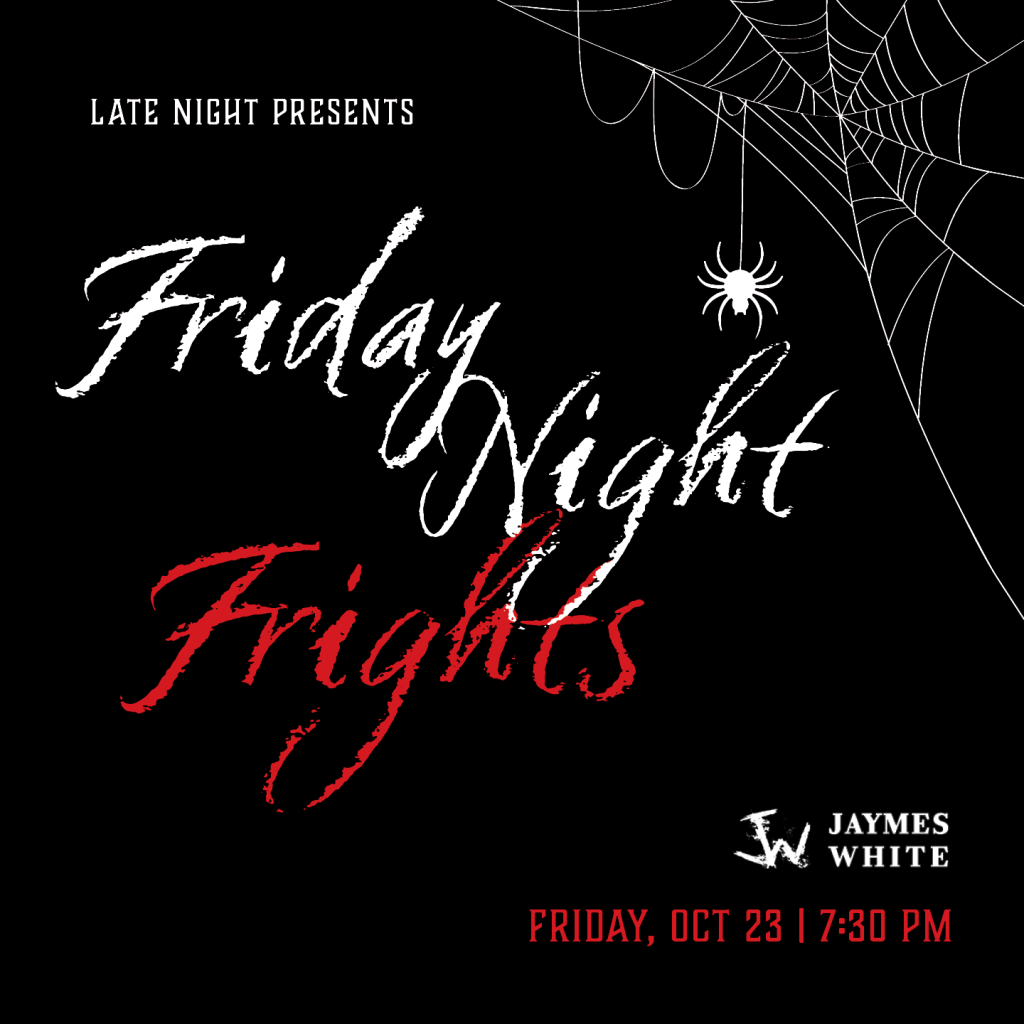 On October 23, our Late Nights at the Library team is putting together a special Halloween-themed program. Get ready for Friday Night Frights! We’ll be talking ghosts and hauntings and all that good stuff, with special guest Jaymes White. Along with some oracle reading, we’ll be delving into some local urban legends and haunts—come with your best spooky stories! Ages 18+.
On October 23, our Late Nights at the Library team is putting together a special Halloween-themed program. Get ready for Friday Night Frights! We’ll be talking ghosts and hauntings and all that good stuff, with special guest Jaymes White. Along with some oracle reading, we’ll be delving into some local urban legends and haunts—come with your best spooky stories! Ages 18+.
If you’re like me, you love a good urban legend. Unlike older myths and folklore, the origins of urban legends can often be traced back to a source, if you really cared to find it. A lot of mid-20th century legends—campfire classics like “The Hook”, “High Beams”, and “The call is coming from inside the house…”—stemmed from newspaper advice columns, where fears about teenage impurity abounded (you know all those stories about “Lovers Lane”? That’s what happens when you get caught neckin’!). And this goes double for all the newer stories that originated on the Internet; oftentimes, we literally know who created the legend. These modern stories usually don’t concern themselves with morals, like those of the past—we’re just looking for a good spooky scare! In The Vanishing Hitchhiker, well before the dawn of the Internet, urban legend historian Jan Harold Brunvald notes that “It might seem unlikely that legends—urban legends at that—would continue to be created in an age of widespread literacy, rapid mass communications, and restless travel”, and yet here we are. It seems nothing will quell our collective desire to explore the unknown. To borrow a catchphrase from The X-Files, we want to believe.
So in honour of the spooky season, and these time-tested tales, let’s look at some urban legends—some very new and some quite old—and see how exactly they came to be the—wait for it—legends that they are today.
The Legend of Sleepy Hollow
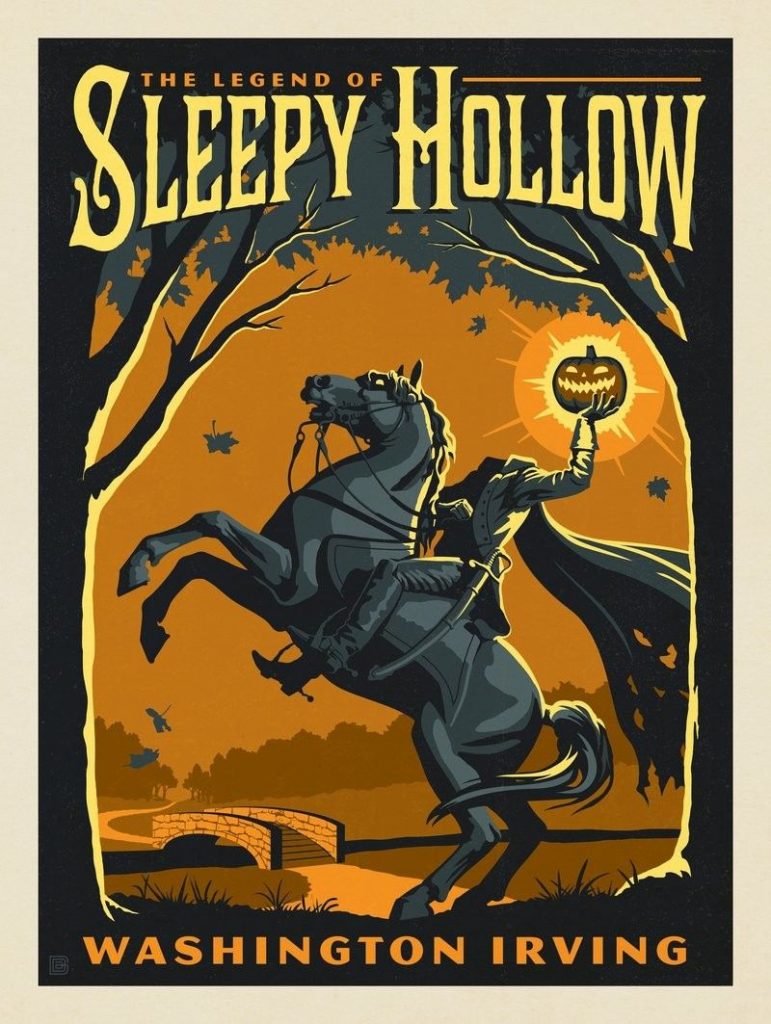 Written in 1820 by American author Washington Irving, the infamous Headless Horseman has been around for a minute. You probably know it, but the short story is about hapless schoolteacher Ichabod Crane, who comes to the picturesque New York settlement of Sleepy Hollow and quickly learns of the mysterious Headless Horseman terrorizing the town. At the time of writing, Americans were considered the gauche, unsophisticated little sibling of Europe. Irving’s spooky story—published in a larger collection called The Sketch Book of Geoffrey Crayon, Gent—was one of the first American works to gain popularity in Europe, proving the worth of American writers. The Legend of Sleepy Hollow is also considered to be one of America’s first (published) ghost stories, pre-dating other American master of the macabre Edgar Allan Poe. But despite being an important piece of historical American literature, the actual “legend” itself is shaped by its European antecedents: Sleepy Hollow is set in a Dutch colony (much like the ones Irving himself lived in), whose residents would have brought over their own folklore from the old country. Scholars believe Irving’s Headless Horseman would have been inspired by older European works like Sir Walter Scott’s The Chase (1796) and the German poem The Wild Huntsmen, itself based on Norse mythology.
Written in 1820 by American author Washington Irving, the infamous Headless Horseman has been around for a minute. You probably know it, but the short story is about hapless schoolteacher Ichabod Crane, who comes to the picturesque New York settlement of Sleepy Hollow and quickly learns of the mysterious Headless Horseman terrorizing the town. At the time of writing, Americans were considered the gauche, unsophisticated little sibling of Europe. Irving’s spooky story—published in a larger collection called The Sketch Book of Geoffrey Crayon, Gent—was one of the first American works to gain popularity in Europe, proving the worth of American writers. The Legend of Sleepy Hollow is also considered to be one of America’s first (published) ghost stories, pre-dating other American master of the macabre Edgar Allan Poe. But despite being an important piece of historical American literature, the actual “legend” itself is shaped by its European antecedents: Sleepy Hollow is set in a Dutch colony (much like the ones Irving himself lived in), whose residents would have brought over their own folklore from the old country. Scholars believe Irving’s Headless Horseman would have been inspired by older European works like Sir Walter Scott’s The Chase (1796) and the German poem The Wild Huntsmen, itself based on Norse mythology.
But that isn’t to take away the importance of Irving’s work in American literature; this just situates the story in a cultural context. It was American society—and the enduring love from international audiences—that kept the story in the public consciousness. How many adaptations of this story have you seen? The first happened in early days, back in a 1922 silent film. The better known adaptations came from Disney, with its 1949 animated film The Adventures of Ichabod and Mr. Toad, and Tim Burton, with his 1999 live-action release (and Halloween-viewing staple, in my opinion) Sleepy Hollow starring Johhny Depp. There was also a television adaptation, also simply called Sleepy Hollow, that ran for four controversy-plagued seasons beginning in 2013.
So we’ve got a bunch of adaptations—but what about this urban legend’s lasting impact on real life? Well, it’s known that Irving based his fictional setting on the town of North Tarrytown in New York. In 1996, North Tarrytown officially changed its name to Sleepy Hollow—presumably to cash in on that good tourist money, a là Salem—and Irving is buried in what is now called Sleepy Hollow Cemetery. And of course, the town itself is now considered to be a notably haunted site, with some fanciful people claiming they’ve seen the Horseman himself.
Cthulhu Mythos and Lovecraft Country
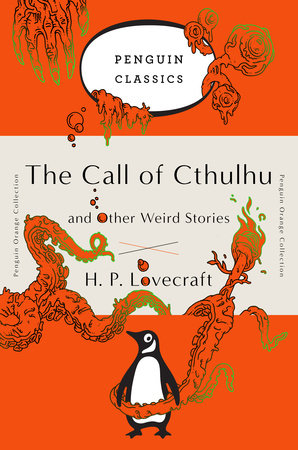 Imagine being so dominant in a field that they name an entire genre after you? That’s what happened to author and noted racist H.P. Lovecraft. Lovecraftian horror, also known as cosmic horror, concerns the overwhelming fear of the unknown—and humanity’s insignificance in the face of the universe. There’s also the age-old concern about modern science: what will it reveal, when we finally dig too far? Fun stuff! Lovecraft was relatively unknown and not very respected in his day. Mostly published in pulp magazines like Weird Tales, he did have some dedicated followers, and these followers would become the key to Lovecraft’s enduring influence on horror and sci-fi. Enter the Cthulhu Mythos: a “shared fictional universe” that encapsulates the “settings, tropes, and lore that were employed by Lovecraft and his literary successors”. This set of mythos is named for the titular cosmic entity of Lovecraft’s 1928 short story The Call of Cthulhu, described as “A monster of vaguely anthropoid outline, but with an octopus-like head whose face was a mass of feelers, a scaly, rubbery-looking body, prodigious claws on hind and fore feet, and long, narrow wings behind.” The other entities in the Cthulhu Mythos are similar monstrous deities. Essentially, this man and his followers created their own intricate and expansive lore, like a whole team of J.R.R. Tolkiens working in tandem.
Imagine being so dominant in a field that they name an entire genre after you? That’s what happened to author and noted racist H.P. Lovecraft. Lovecraftian horror, also known as cosmic horror, concerns the overwhelming fear of the unknown—and humanity’s insignificance in the face of the universe. There’s also the age-old concern about modern science: what will it reveal, when we finally dig too far? Fun stuff! Lovecraft was relatively unknown and not very respected in his day. Mostly published in pulp magazines like Weird Tales, he did have some dedicated followers, and these followers would become the key to Lovecraft’s enduring influence on horror and sci-fi. Enter the Cthulhu Mythos: a “shared fictional universe” that encapsulates the “settings, tropes, and lore that were employed by Lovecraft and his literary successors”. This set of mythos is named for the titular cosmic entity of Lovecraft’s 1928 short story The Call of Cthulhu, described as “A monster of vaguely anthropoid outline, but with an octopus-like head whose face was a mass of feelers, a scaly, rubbery-looking body, prodigious claws on hind and fore feet, and long, narrow wings behind.” The other entities in the Cthulhu Mythos are similar monstrous deities. Essentially, this man and his followers created their own intricate and expansive lore, like a whole team of J.R.R. Tolkiens working in tandem.
So where is the urban legend in all this? I’m sure not many people are out there claiming they’ve seen Cthulhu itself. But to me, it’s the ubiquity, the expansiveness, and the embeddedness of the lore that makes it akin to an urban legend. Do you know how many Wikipedia pages there are dedicated to Lovecraft?! Too many. This dude is everywhere. In a 2015 article about the renaming of a literary award (due to Lovecraft’s aforementioned rampant racism), The Atlantic notes that “people who’ve never read a page of his work will still know who Cthulhu is for years to come.” Lovecraft’s literary successors are folks like Stephen King and Neil Gaiman, both adept at creating distinct, culturally permeating horror themselves. They may not be writing from the Cthulhu Canon, but the influence is clear. And then there’s “Lovecraft Country”, a name given to the New England setting of Lovecraft and his followers’ writing, in which sits the fictional Arkham—the namesake of the infamous asylum from the Batman universe. Lovecraft Country is also the name of a novel-turned-TV show that is currently airing on HBO. I’m telling you, everywhere.
Black-Eyed Kids
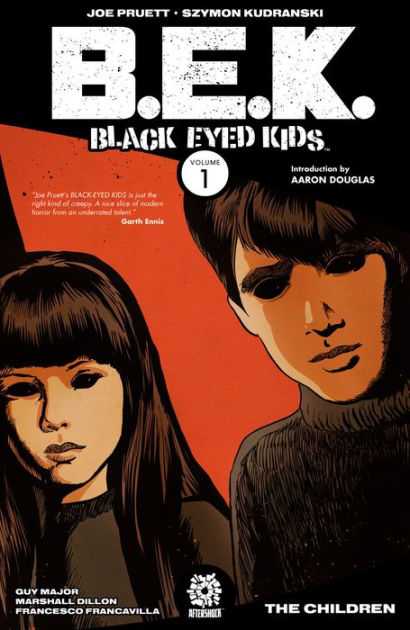 You know how everyone has one or two things that absolutely terrify them, without really knowing why? Black-eyed kids are that for me. So I probably won’t sleep after writing about them. But here we go! The Black-Eyed Kids legend came to life in 1998, when Texas reporter Brian Bethel posted his chilling tale on a ghost-themed website. This is a modern example of urban legends originating from a direct source—thanks to the Wayback Machine internet archive, you can still see Bethel’s original post. In it, Bethel recounts his encounter with two young boys outside a movie theatre in Texas, both of whom had the tell-tale black eyes. All Black-Eyed Kids stories since then follow the same model: an adult is either in their home or in their car when they hear a knock. The source of the knock is then found to be two children, who ask to use the phone or the bathroom. The adult is then filled with a sense of dread—something about these kids isn’t right. Then, they realize: it’s the eyes. Black. When the adult refuses to let the kids in, they become belligerent. Luckily, like vampires, these freaky children don’t seem to be able to enter without permission, according to Bethel’s very subtle account: “’WE CAN’T COME IN UNLESS YOU TELL US IT’S OKAY. LET … US …. IN!’”
You know how everyone has one or two things that absolutely terrify them, without really knowing why? Black-eyed kids are that for me. So I probably won’t sleep after writing about them. But here we go! The Black-Eyed Kids legend came to life in 1998, when Texas reporter Brian Bethel posted his chilling tale on a ghost-themed website. This is a modern example of urban legends originating from a direct source—thanks to the Wayback Machine internet archive, you can still see Bethel’s original post. In it, Bethel recounts his encounter with two young boys outside a movie theatre in Texas, both of whom had the tell-tale black eyes. All Black-Eyed Kids stories since then follow the same model: an adult is either in their home or in their car when they hear a knock. The source of the knock is then found to be two children, who ask to use the phone or the bathroom. The adult is then filled with a sense of dread—something about these kids isn’t right. Then, they realize: it’s the eyes. Black. When the adult refuses to let the kids in, they become belligerent. Luckily, like vampires, these freaky children don’t seem to be able to enter without permission, according to Bethel’s very subtle account: “’WE CAN’T COME IN UNLESS YOU TELL US IT’S OKAY. LET … US …. IN!’”
The story always ends with the adult slamming the door or slamming their foot on the gas. Either way, we never truly know what happens if you let these children in. Bethel’s original account very much reads like a classic campfire tale, but like any good urban legend it struck a chord with readers, and off it took in the collective imagination. I listened to a fairly in-depth investigation by the Astonishing Legends podcast (in broad daylight, might I add), and for weeks I was too scared to look out my balcony doors in case I saw two creepy little kids standing there (and now I’m spooked all over again). Brian Bethel actually compiled a FAQ to handle all the demands from the clamouring public (please enjoy the late-90s-personal-website aesthetic of that link). In 2013, MSN apparently ran a Weekly Strange episode covering “reports” of BEK sightings, and in 2014 a UK tabloid called Daily Star hilariously ran three front-page stories on the alleged sightings. Needless to say, interest in the topic surged after these journalistic endeavours were published, and since 1998, hundreds of people have reported their own sightings of these mysterious little figures. VPL doesn’t carry it, but if you’re interested, a graphic novel series based on the legend does exist.
Slender Man
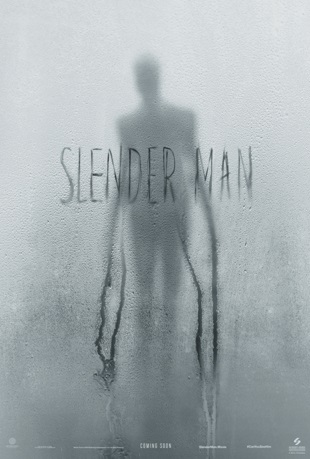 No discussion of modern urban legends would be complete without a mention of Slender Man, an invention of the internet forum Something Awful in 2009. Here is another example of us knowing exactly when, where, and by whom an urban legend was created: participating in a thread asking people to “create paranormal images”, Eric Knudsen posted a Photoshopped image of a tall, slender figure lurking behind a group of children. He took it a step further by including some creepy text, supposedly attributed to the photographer: “We didn’t want to go, we didn’t want to kill them, but its persistent silence and outstretched arms horrified and comforted us at the same time…” From this simple, harmless moment was born a legend that would grow to unimagined, terrifying heights. Soon, thanks to the endless sprawl of the internet, Slender Man had his own lore: he haunts the woods, kidnaps children, and often appears in the background of photos.
No discussion of modern urban legends would be complete without a mention of Slender Man, an invention of the internet forum Something Awful in 2009. Here is another example of us knowing exactly when, where, and by whom an urban legend was created: participating in a thread asking people to “create paranormal images”, Eric Knudsen posted a Photoshopped image of a tall, slender figure lurking behind a group of children. He took it a step further by including some creepy text, supposedly attributed to the photographer: “We didn’t want to go, we didn’t want to kill them, but its persistent silence and outstretched arms horrified and comforted us at the same time…” From this simple, harmless moment was born a legend that would grow to unimagined, terrifying heights. Soon, thanks to the endless sprawl of the internet, Slender Man had his own lore: he haunts the woods, kidnaps children, and often appears in the background of photos.
Unlike the Black-Eyed Kids phenomenon, the rapid popularity of Slender Man had little to with Knudsen himself. The “Slender Man mythos”, as it’s referred to on the internet, developed collaboratively over time, built up person by person in the same way that older urban legends were passed on and altered orally. Slender Man is an iconic example of a creepypasta—a word that, like many Dada-esque memes, requires knowledge of another internet phenomenon to understand (creepypasta is a combination of creepy + copypasta, and copypasta is a bastardized hybrid of copy + paste, which refers to the mimetic nature of the internet…).
Unfortunately, the Slender Man legend came to be popular knowledge in 2014 after the stabbing of 12 year old Payton Leutner by her two best friends Morgan Geyser and Anissa Weier, who claimed the attack was done in service of the Internet legend (luckily, Leutner survived). And of course, a movie on this eerie figured shortly followed. Called Slender Man, the film went through plenty of turmoil before its release due to the media fanfare and ongoing court cases of the real-life stabbing; Sony reportedly removed whole scenes from the film after being condemned by Weier’s father—releasing the film in an incomplete format.
Do you have any favourite urban legends, or maybe your own personal spooky story? Well, grab some candy, light some candles, and come share them with us at Late Night Presents: Friday Night Frights! See you there, ghoulies!